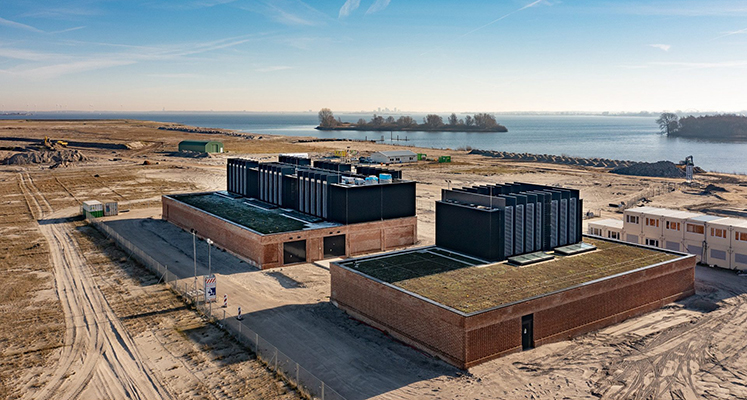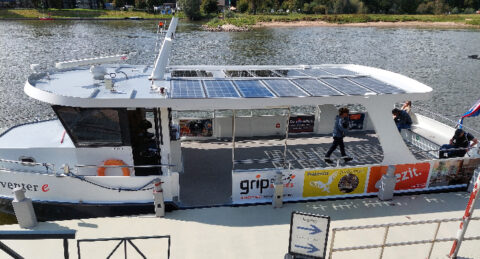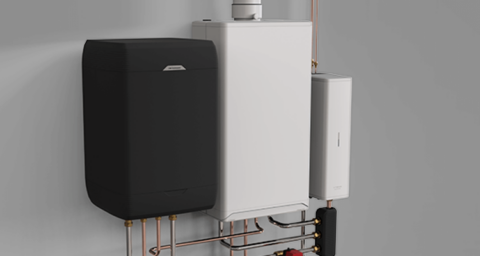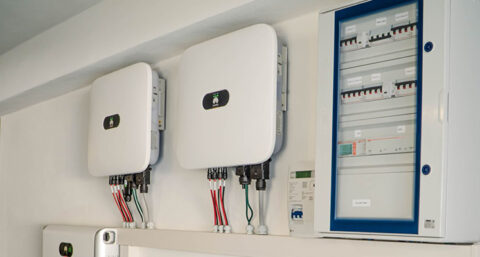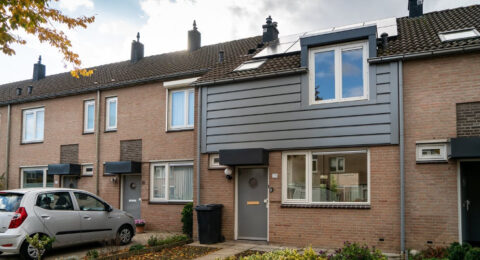Private individuals and businesses will continue to be inconvenienced by the full power grid for at least another decade. So said the top executive of energy network company Alliander when presenting its 2023 results. According to the company, this is due to a shortage of technical staff to make more space on the grid, lengthy procedures, too few available locations for new power houses, for example, and a lack of choices by governments.
"The sharp growth in the number of heat pumps, solar panels, e-boilers, electrification of business processes and the installation of charging points for passenger transport and electric trucks continued in 2023 and will continue to rise in the coming years," Alliander writes in its annual report. "In addition, much of industry still has to become more sustainable, residential construction ambitions are enormous and making existing homes more sustainable is also going to demand a lot from the electricity grid. These developments will continue for many years to come faster than the networks can be expanded."
'Biggest renovation ever'
Maarten Otto, CEO: "Last year we invested more than 1.4 billion euros in rebuilding the energy networks. Another record. And that is necessary, because we are engaged in the largest rebuilding of the energy network ever. As with any renovation, this does not go without inconvenience. And that means, among other things, that we will have congestion on the electricity grid for at least another ten years. Because the electricity grid in the Netherlands is full almost everywhere. The impact of this is huge. Companies, schools and newly built homes will no longer be connected at the desired time. And consumers have to wait longer for a connection for a heat pump or charging station, for example. This concerns us. We are building as fast as we can to expand the energy grid. We are working on a substantial scale-up, influx of more technicians and innovation of our processes. This will allow us to install 23,000 transformer houses over the next ten years, tens of thousands of kilometers of cable will go into the ground, and hundreds of power stations will be modified or newly built. By 2050, one in three streets will be opened up to create the energy grid of the future. In addition, we are maximizing the load on the existing grid wherever possible and we are deploying flexibility such as rush-hour avoidance to help as many of our customers as possible. Nevertheless, it is also important to emphasize that the negative effects of the full power grid will continue for many years to come."
Boundaries
"We are building as fast as we can, but also running into limits," the top executive stated. "To further accelerate over the next decade, sharper choices must be made. Remodeling the energy system requires choices that are sometimes the solution for an entire street, neighborhood or region over a solution for an individual customer. This is an unpleasant message but clearly not everything can be done now and at the same time. Where we can, we are improving our approach to work faster. For example, by deploying innovations such as the compact connection module. And by building modularly and further digitizing our work. At the same time, we need everyone to accelerate. We ask our customers to make smart use of the available energy and develop new products together with them to get everything out of the existing grid. We are asking provinces and municipalities to make quicker and clearer choices about where electricity stations can be built, transformer houses can be given a place and, for example, heat networks can be constructed. And we call on the new cabinet to look at bringing in technicians from abroad so that we can find more people to do the work in the short term. It is also essential that the government works with grid operators and, for example, industry to determine where alternative energy carriers such as hydrogen and green gas can be significant and should become available."
Changing energy system
The energy transition also means a major change in how energy is handled. The moments of supply and demand fluctuate greatly, and with that the naturalness with which electricity is always available is disappearing. According to Alliander, it is therefore necessary to substantially strengthen and expand the electricity grids and, where possible, to use flexibility and heavier loads to get everything out of the grid. Otto: "It requires a lot of patience from entrepreneurs and consumers until the grid is expanded or solutions are available. At the same time, it also offers the opportunity to think differently about energy use. It starts with energy conservation. After all, what is not consumed in energy does not need to be transported over the power grid. In this way, entrepreneurs and consumers can contribute to solutions."
In addition, it is becoming increasingly normal for companies and households to use less power or feed it back at times when the electricity grid is busy. Last year steps were already taken to make this attractive for companies with contracts whereby, at more favorable rates, busy moments are spared. The next step is to make flexible use of the grid financially attractive for consumers as well, by automatically adjusting heat pumps, charging stations, home batteries and solar panels to the available capacity of the grid. In this way, households are encouraged to relieve the grid at busy times. This ensures that several households in the neighborhood can become more sustainable with (hybrid) heat pumps and electric transport without having to wait for the electricity grid to be reinforced.
